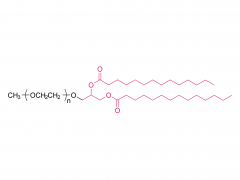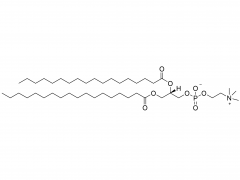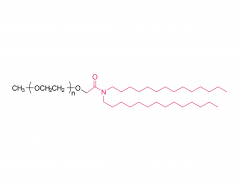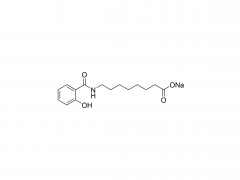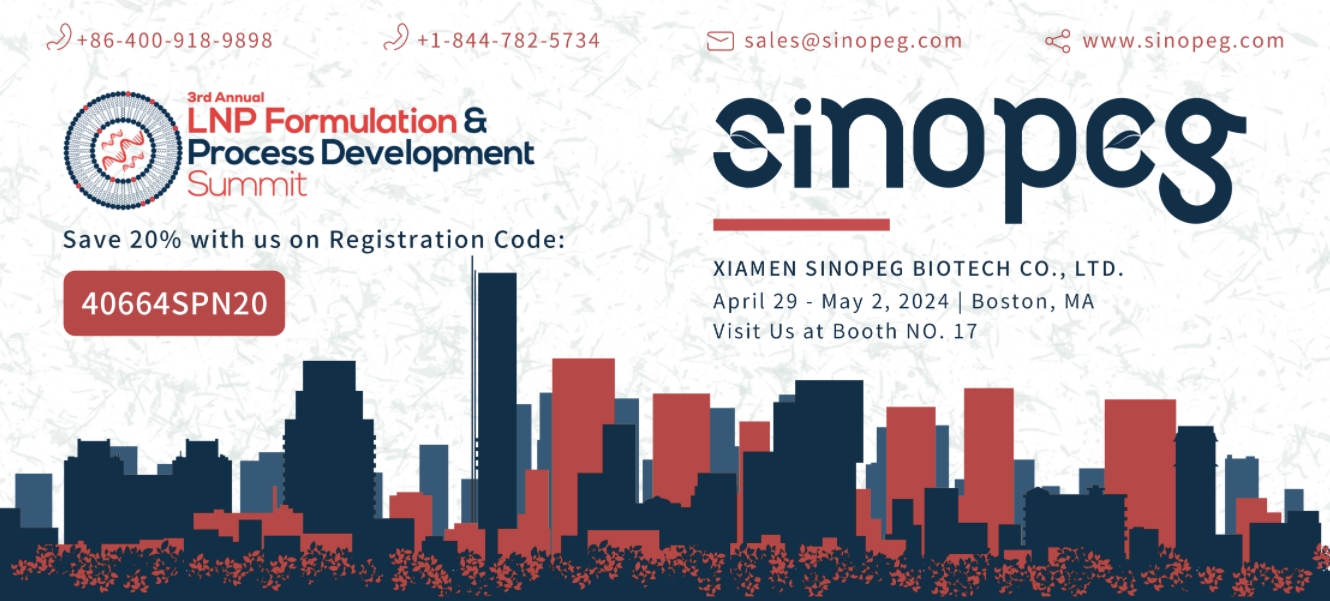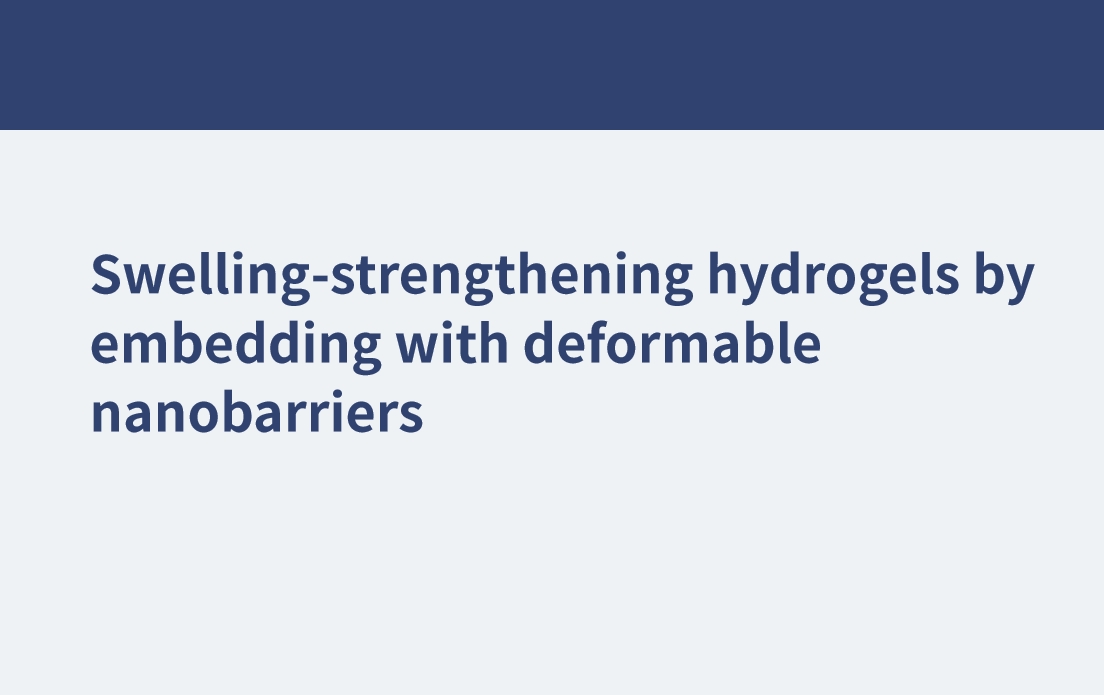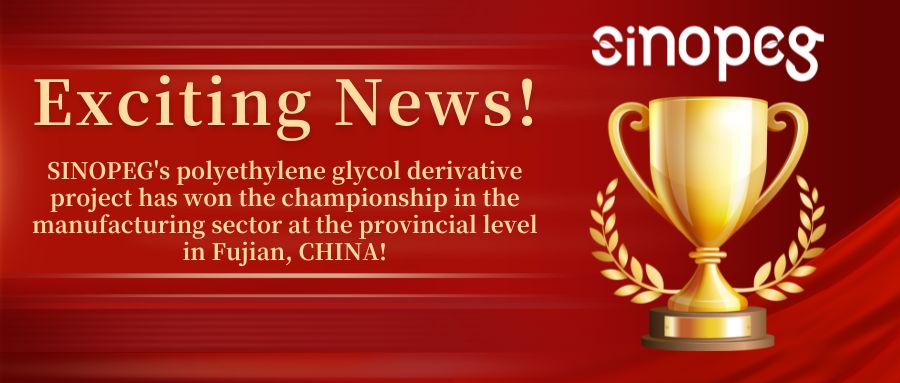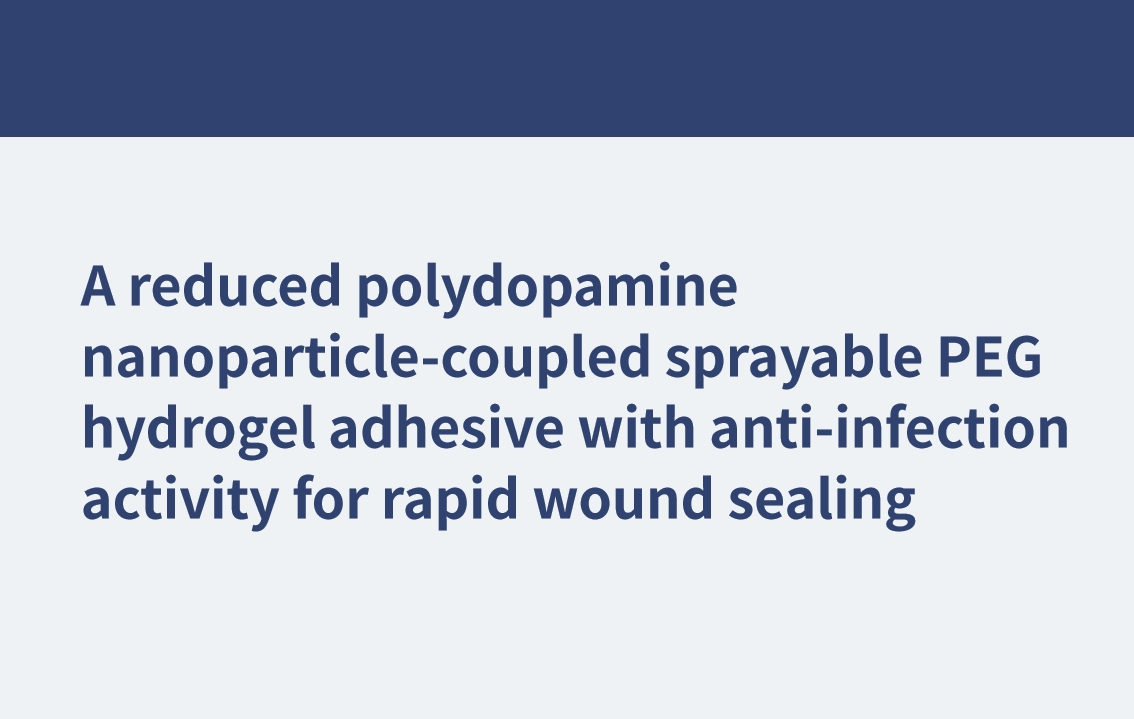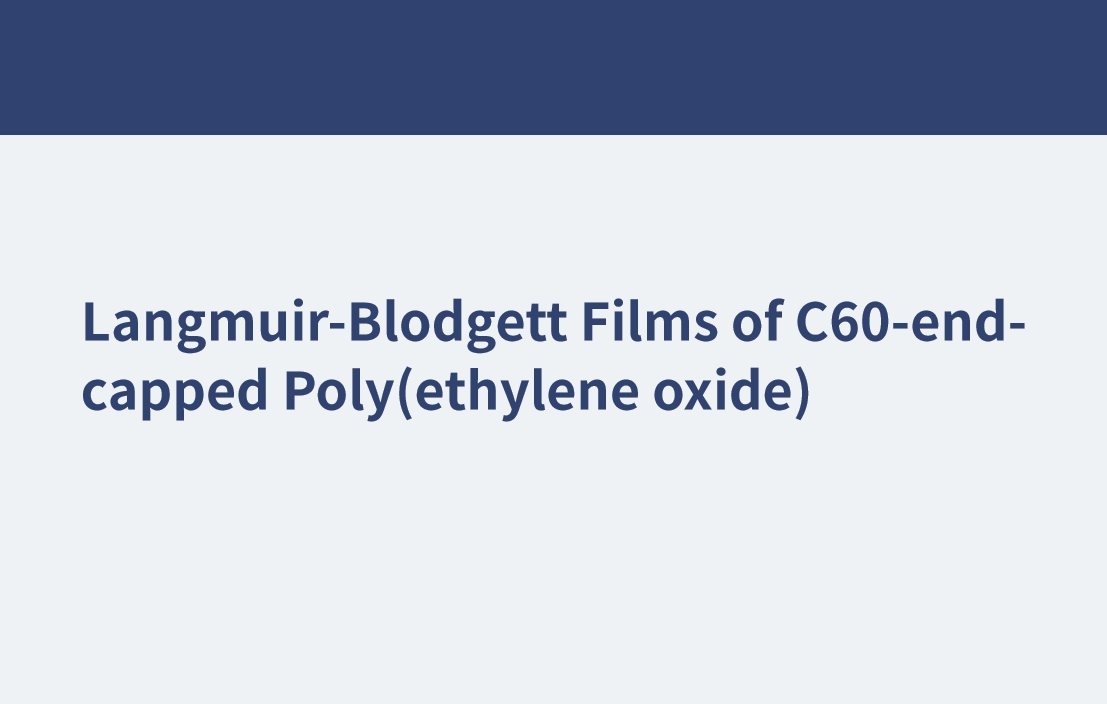Publication Date:August 18, 2020 https://doi.org/10.1021/acs.macromol.0c01208 Selective Doping of Positive and Negative Spatial Defects into Polymer Gels by Tuning the Pregel Packing Conditions of Star Polymers Abstract Gels are giant single molecules that consist of a very large number (∼Avogadro’s number) of cross-linked nanometer-size polymer chains. Unlike most low-molecular-weight compounds, the extensively cross-linked gel networks typically do not exhibit a well-defined structure. In a previous study, we disproved this preconception and demonstrated that by applying suitable percolation conditions during the gelation process, a highly homogeneous gel with an ordered structure can be synthesized. In the present study, we further demonstrate that by tuning the percolation conditions, stable polymer-rich or polymer-poor nanodefects can be selectively introduced in the gel network; the controlled addition of such nanodefects has not been achieved before. The successful introduction of nanodefects was confirmed using laser speckle tests, and their structures and dynamics were evaluated in Fourier space using static and dynamic scattering measurements. While the addition of polymer-rich defects had a relatively little effect on the elastic modulus of gels, the addition of pores significantly lowered the elastic modulus, suggesting that substantial topological defects were introduced simultaneously when the packing ratio was low. The controlled addition of such nanodefects may potentially modulate the structural, mechanical, optical, and mass transportation properties of the gels effectively, and thus serve as a new design strategy for gel materials. Related products Abbreviation: Tetrazine-PEG-NH2 Name: α-Tetrazine-ω-amino poly(ethylene glycol) For more product information, please contact us at: US Tel: 1-844-782-5734 US Tel: 1-844-QUAL-PEG CHN Tel: 400-918-9898 Email: sales@sinopeg.com
View More





